
Filming editing serves as the structural foundation for storytelling, seamlessly combining raw footage into a compelling, cohesive tale that engrosses audiences. When executed skillfully, it becomes so fluid you hardly notice it, earning the nickname of the “unseen artistry” that breathes life into motion pictures.
This piece focuses on 12 movies whose exceptional editing is so skillfully integrated that it becomes one with the narrative. Each of these films demonstrates how editors expertly created smooth transitions, tempo, and profound emotional resonance to enhance the overall cinematic experience.
Memento (2000) – Memory in Reverse
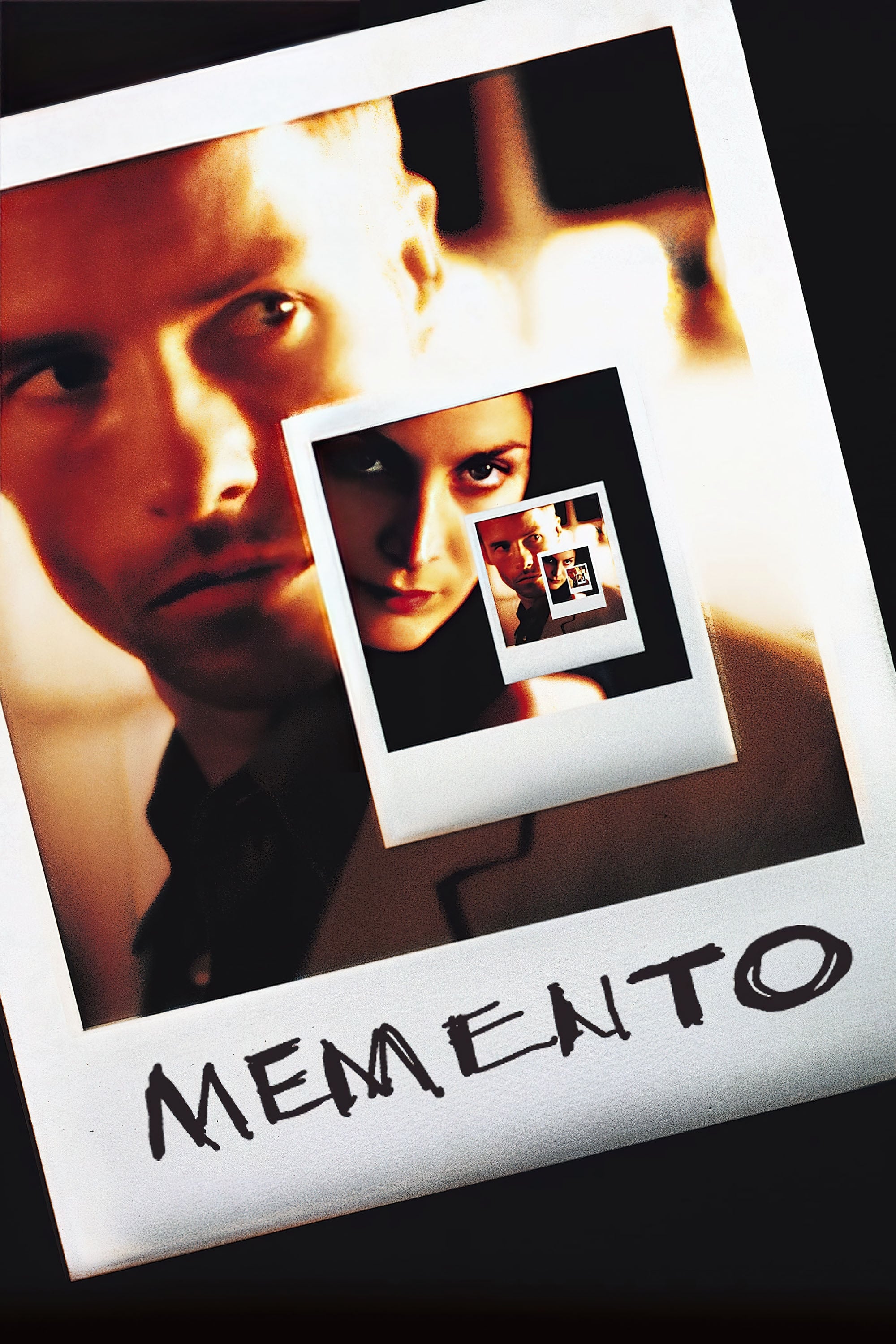
In the movie ‘Memento’, directed by Christopher Nolan, a man with memory issues embarks on a quest to find his wife’s murderer. The unique storytelling method, skillfully put together by Dody Dorn, reflects the protagonist’s disjointed mind, effortlessly interweaving scenes from different timelines in reverse order.
In a colorful, organized manner, Dorn’s intricate storyline is broken down and presented with distinct segments and accurate transitions, allowing viewers to assemble the mystery on their own. Dorn’s craftsmanship seamlessly immerses us in the protagonist’s bewilderment while maintaining narrative continuity.
The Social Network (2010) – Rapid-Fire Dialogue
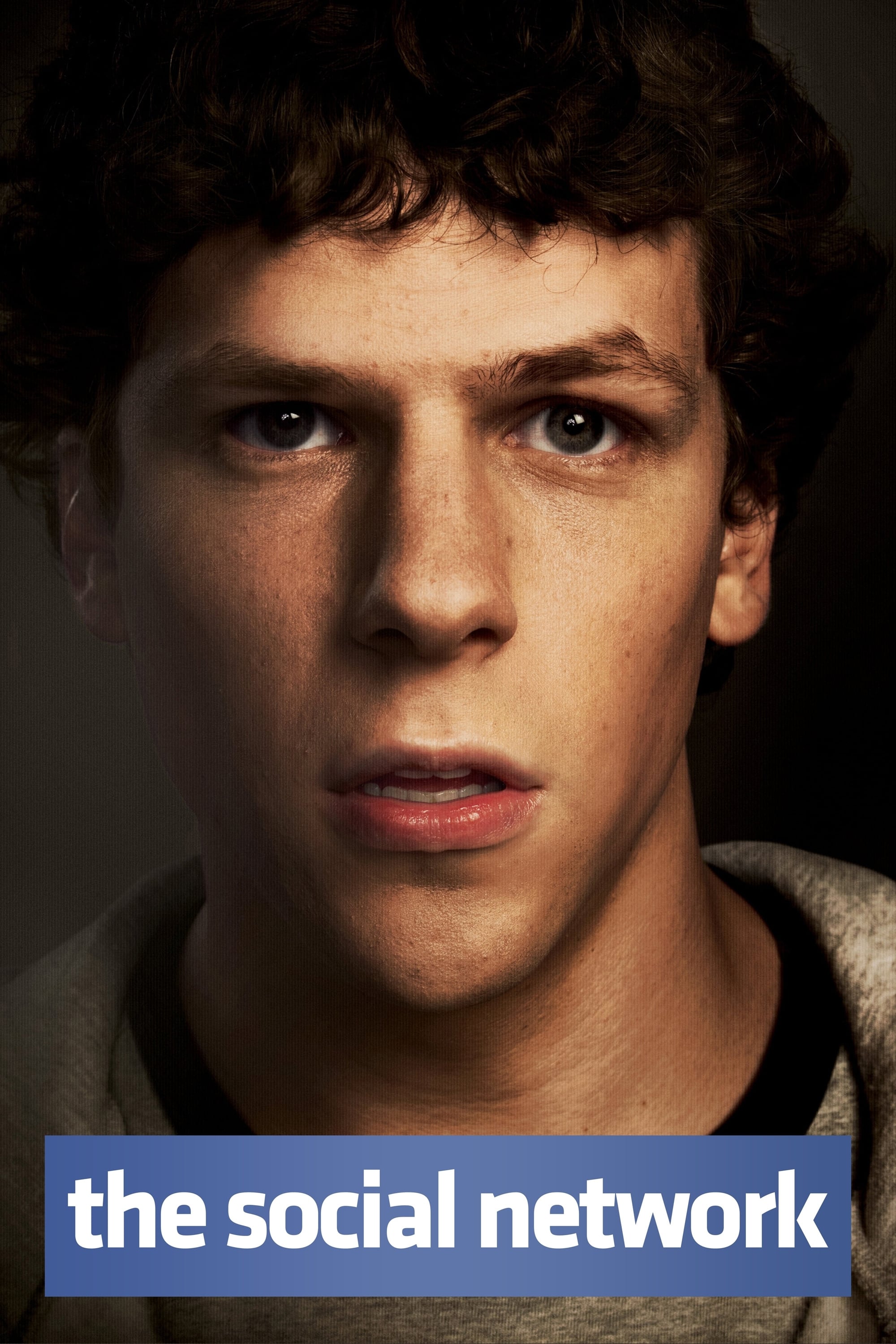
David Fincher’s ‘The Social Network’ chronicles the ascendancy of Facebook as told through Mark Zuckerberg’s narrative. The swift edits by editors Angus Wall and Kirk Baxter correspond with the quick, layered conversation, amplifying the movie’s tension.
In this story, they intertwine various timeframes – depositions, flashbacks, and current events – seamlessly to create a unified plot. The pacing of the editing mimics the fast-moving tempo of the tech industry, making even complex dialogues feel exhilarating and pressing.
Whiplash (2014) – Drumming Chaos

In the movie ‘Whiplash’, a young drummer encounters a harsh music teacher. The tempo-focused editing by Tom Cross harmoniously matches the cut scenes to the drum beats, intensifying the movie’s suspense and increasing the emotional impact.
During a performance, fast edits reflect the intensity of the music, while longer pauses give room for character struggles to unfold. Cross’s skill ensures each rhythmic pulse resonates deeply, drawing viewers into the relentless chase for excellence by the main character.
Baby Driver (2017) – Soundtrack Sync

In Edgar Wright’s ‘Baby Driver’, we follow the story of a skilled getaway driver who relies heavily on his music playlist for guidance. Editors Jonathan Amos and Paul Machliss meticulously synchronized their cuts with the film’s soundtrack, resulting in an energetic rhythm that harmonizes each action with the music.
The editing, harmonizing gunshots with drum beats and synchronizing car chases with basslines, gives the impression of a continuous dance. This rhythmically coordinated technique maintains an unyielding momentum throughout the movie, seamlessly integrating style with narrative.
The French Connection (1971) – The Car Chase
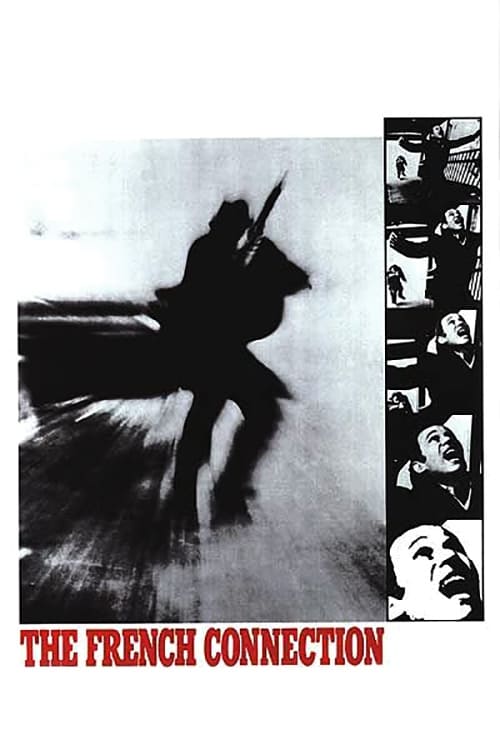
In the movie ‘The French Connection’, a police officer pursues a drug trafficker around New York City. The fast-paced editing by Gerald B. Greenberg during the car chase scenes builds intense tension, smoothly switching between different viewpoints.
Swift edits and gritty audio effects create an exhilarating sense of chaos-yet-control during the chase scene. Greenberg’s craftsmanship infuses authenticity into the narrative, elevating the genre of thrillers to new heights.
Bonnie and Clyde (1967) – Violent Rhythm
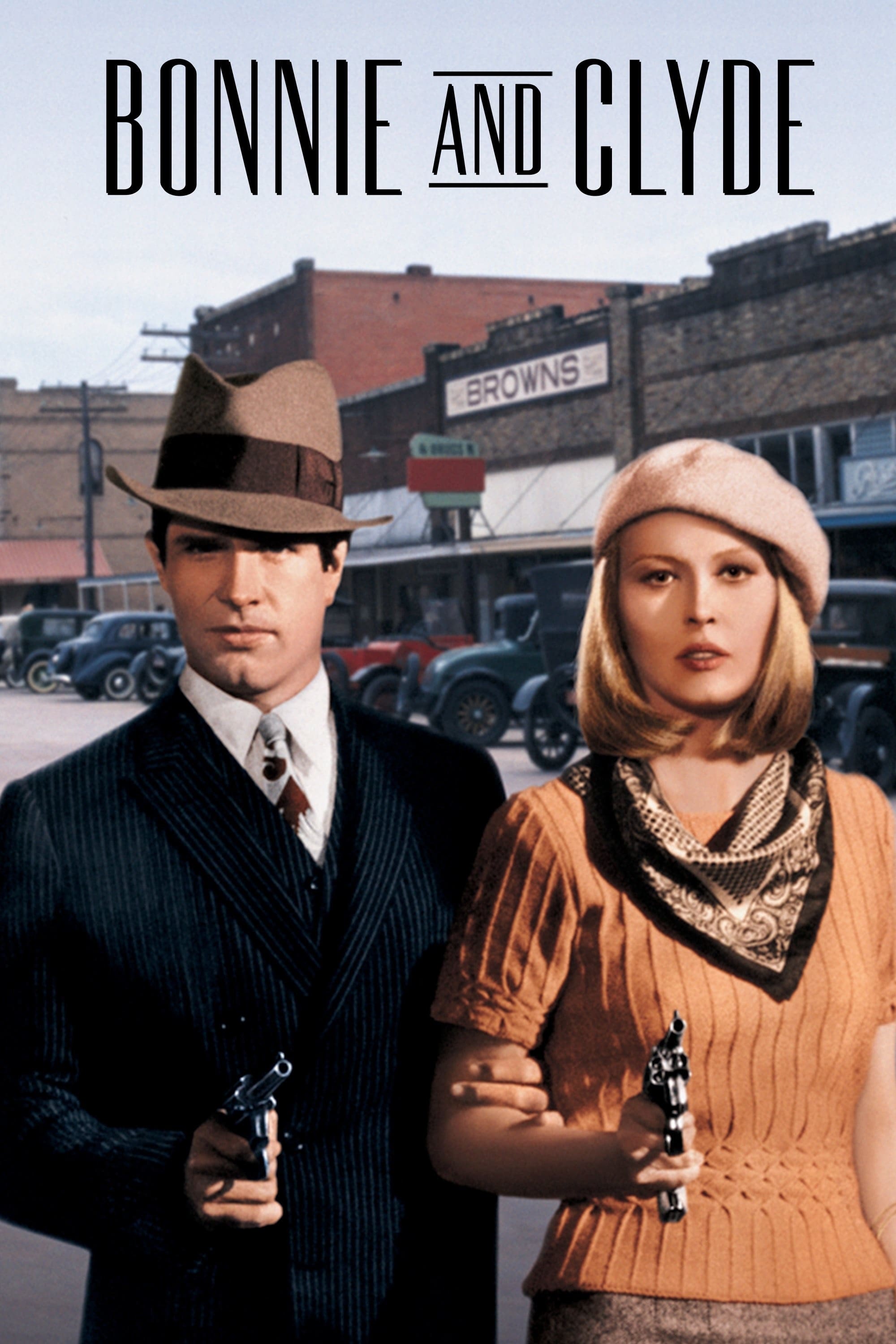
The movie ‘Bonnie and Clyde’, helmed by Arthur Penn, narrates the story of the notorious criminal duo. The innovative editing techniques in action scenes, particularly the quick edits during shootouts by Dede Allen, were groundbreaking. These cuts seamlessly combined slow-motion depictions of death with sudden transitions.
The rhythm of her stride embodies the daring allure and tragic conclusion of the pair, skillfully combining romance and brutality. Allan’s daring approach to filmmaking left an indelible mark on numerous movies, giving the editing a sense of eternal relevance and startling impact.
All That Jazz (1979) – Dance with Death
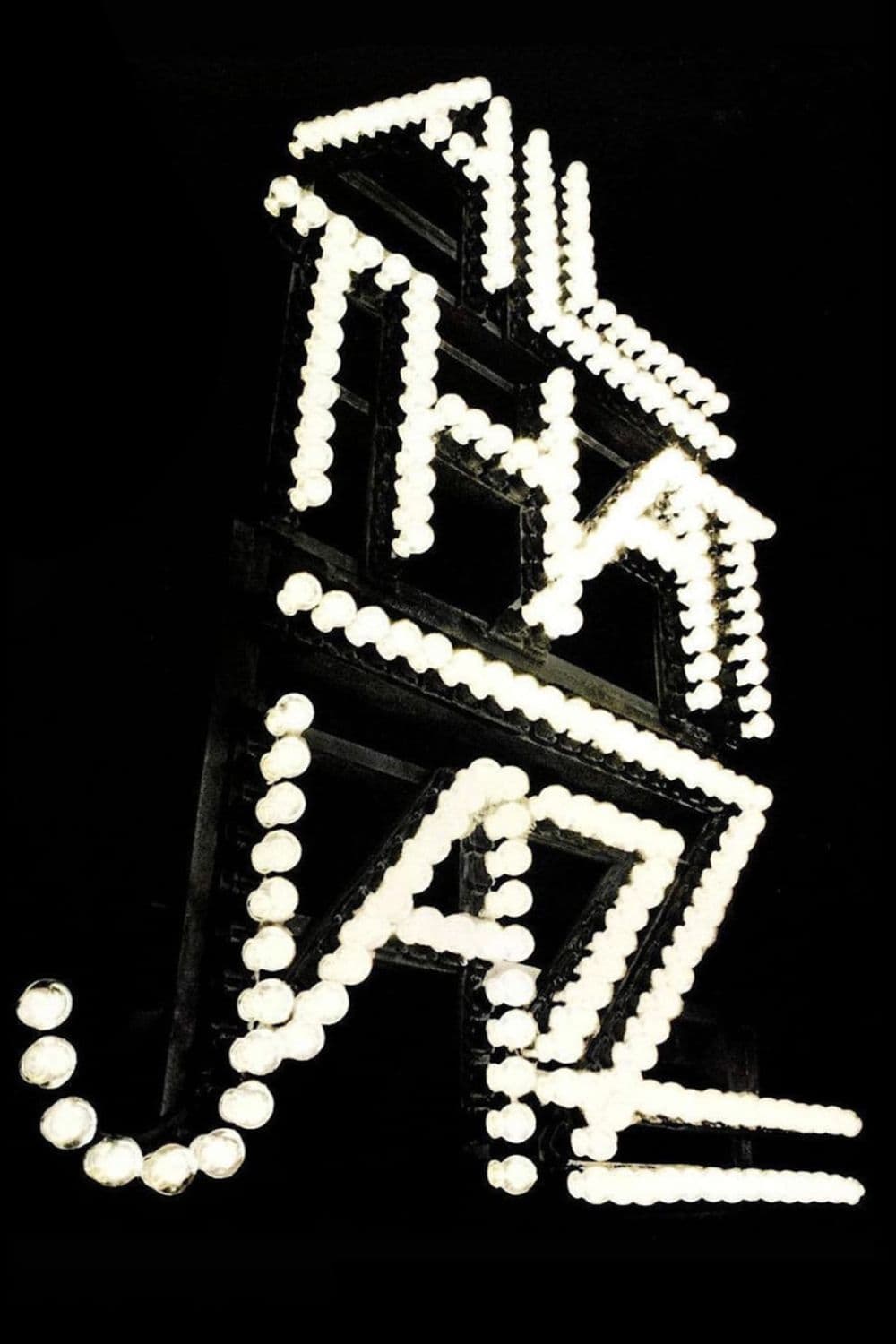
The movie “All That Jazz,” directed by Bob Fosse, presents a semi-autobiographical story about a filmmaker’s downfall. Skilled editing by Alan Heim seamlessly combines dance sequences, recollections, and illusions into a cohesive and engaging plotline.
The transitions from real life to illusion reflect the main character’s deteriorating psyche. Heim’s meticulous pacing lends a hypnotic quality to the movie’s grim topics, maintaining a seamless narrative throughout.
Apocalypse Now (1979) – Descent into Madness
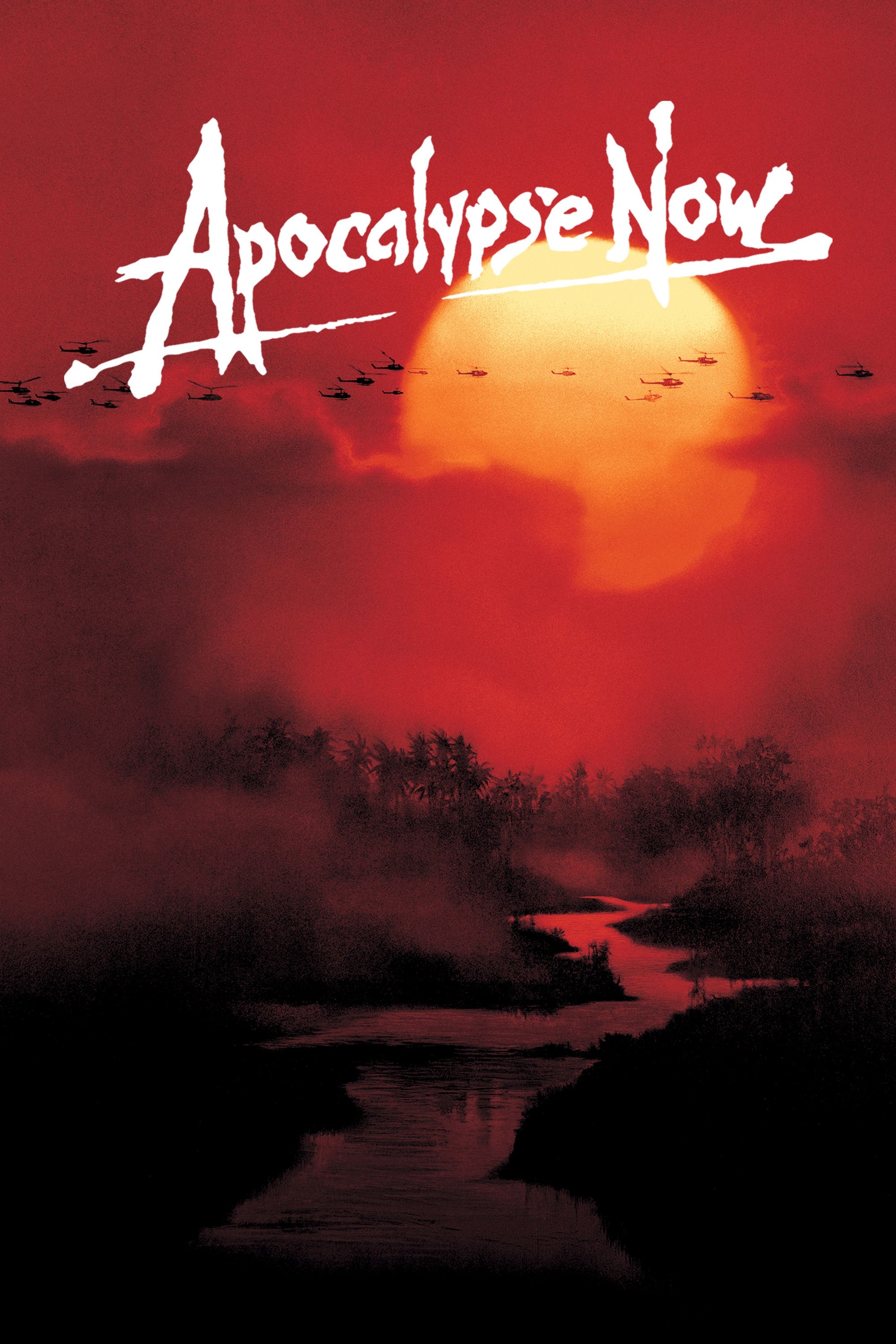
In ‘Apocalypse Now’, a soldier pursues a renegade colonel in Vietnam. Editors Lisa Fruchtman, Gerald B. Greenberg, and Walter Murch created an enchanting cadence, seamlessly merging otherworldly visuals with spine-tingling audio effects.
In the realm of cinema, I find the skillful edits serve as a chilling plunge into pandemonium, transforming tranquil scenes into intense clashes. The mastery behind these cuts creates an immersive experience that leaves no escape, ensnaring me in the depths of chaos itself.
Jaws (1975) – Tension Under Water
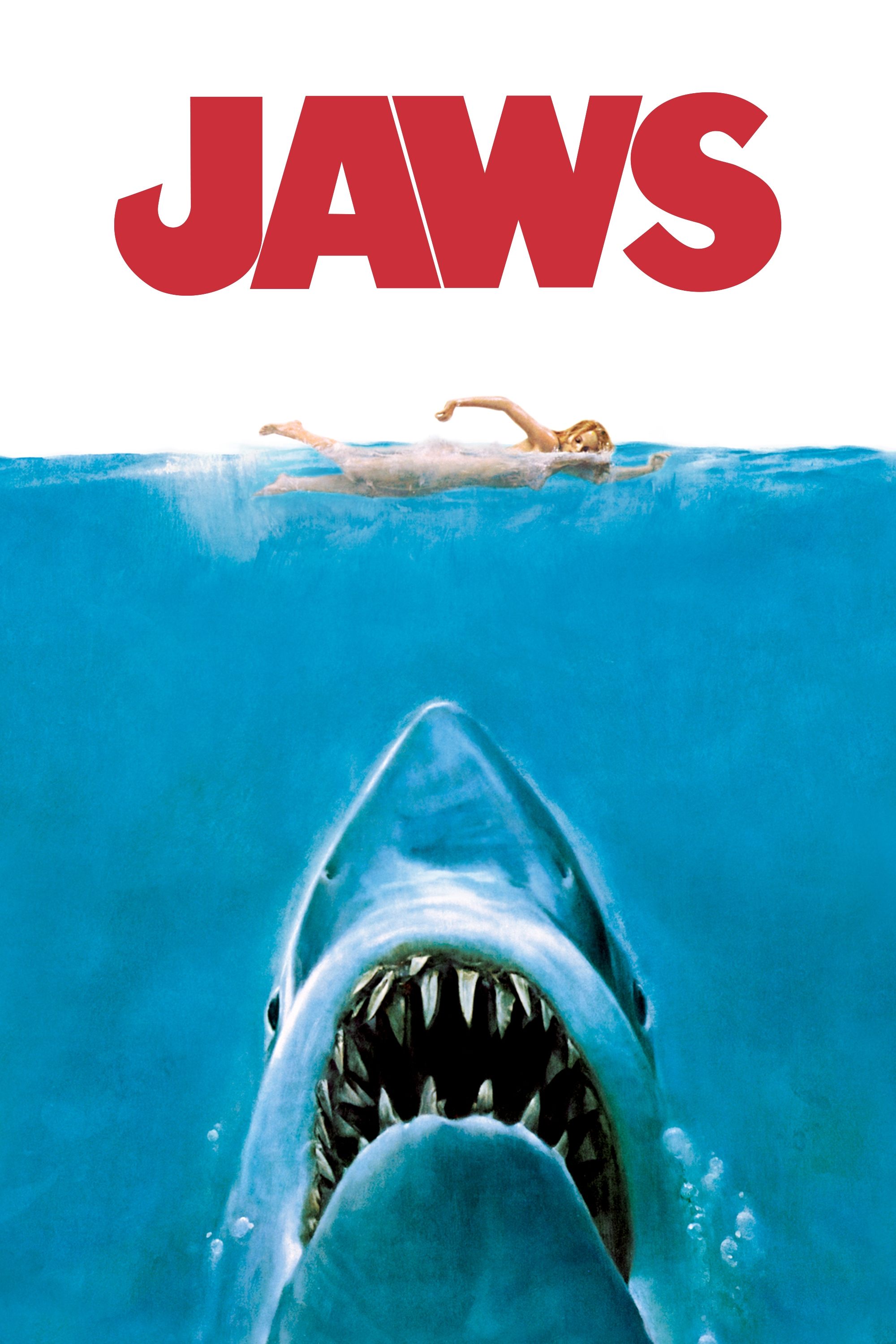
In Steven Spielberg’s movie ‘Jaws’, a small town finds itself at odds with a ruthless shark. Verna Fields skillfully edits the scenes, creating an atmosphere of suspense through strategic use of pauses and sudden cuts, intensifying the sense of fear in the water.
In her shark attack sequences, Fields skillfully switches perspectives between the victim and the predator, leaving you tense throughout. Her careful tempo ensures that each scene is intense, demonstrating that sometimes, less is indeed more.
Lawrence of Arabia (1962) – Epic Pacing
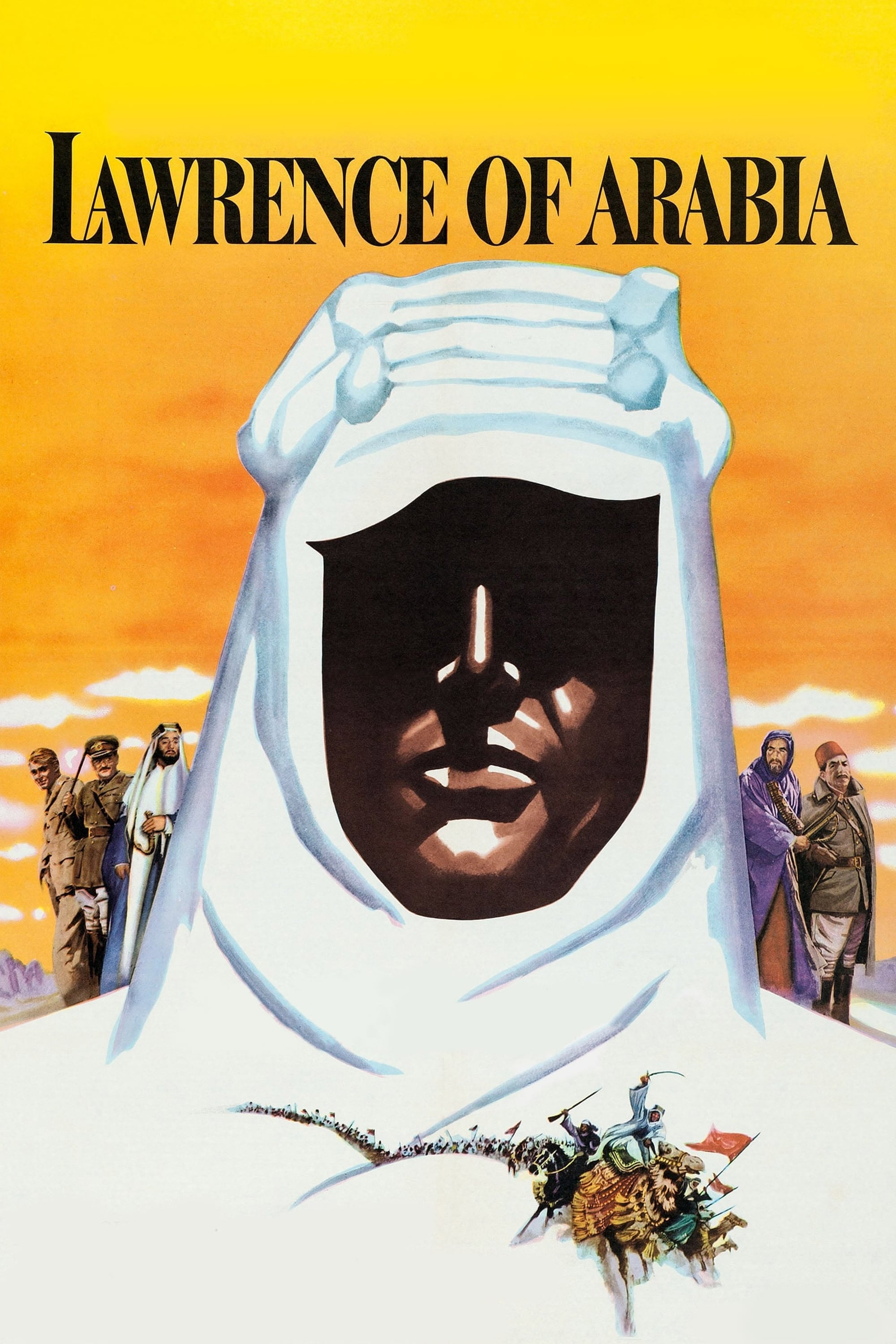
As a staunch supporter, I’d like to share that David Lean’s masterpiece, ‘Lawrence of Arabia,’ delves into T.E. Lawrence’s epic desert campaign. Anne V. Coates’ groundbreaking match cut, seamlessly transitioning from a snuffed-out match to a breathtaking desert sunrise, effectively establishes the film’s majestic atmosphere.
Her editing skillfully blends expansive battle scenes with subtle character interactions, ensuring the four-hour tale remains engaging. Coates’ smooth transitions give the extensive narrative a personal and eternal feel.
Citizen Kane (1941) – Narrative Innovation
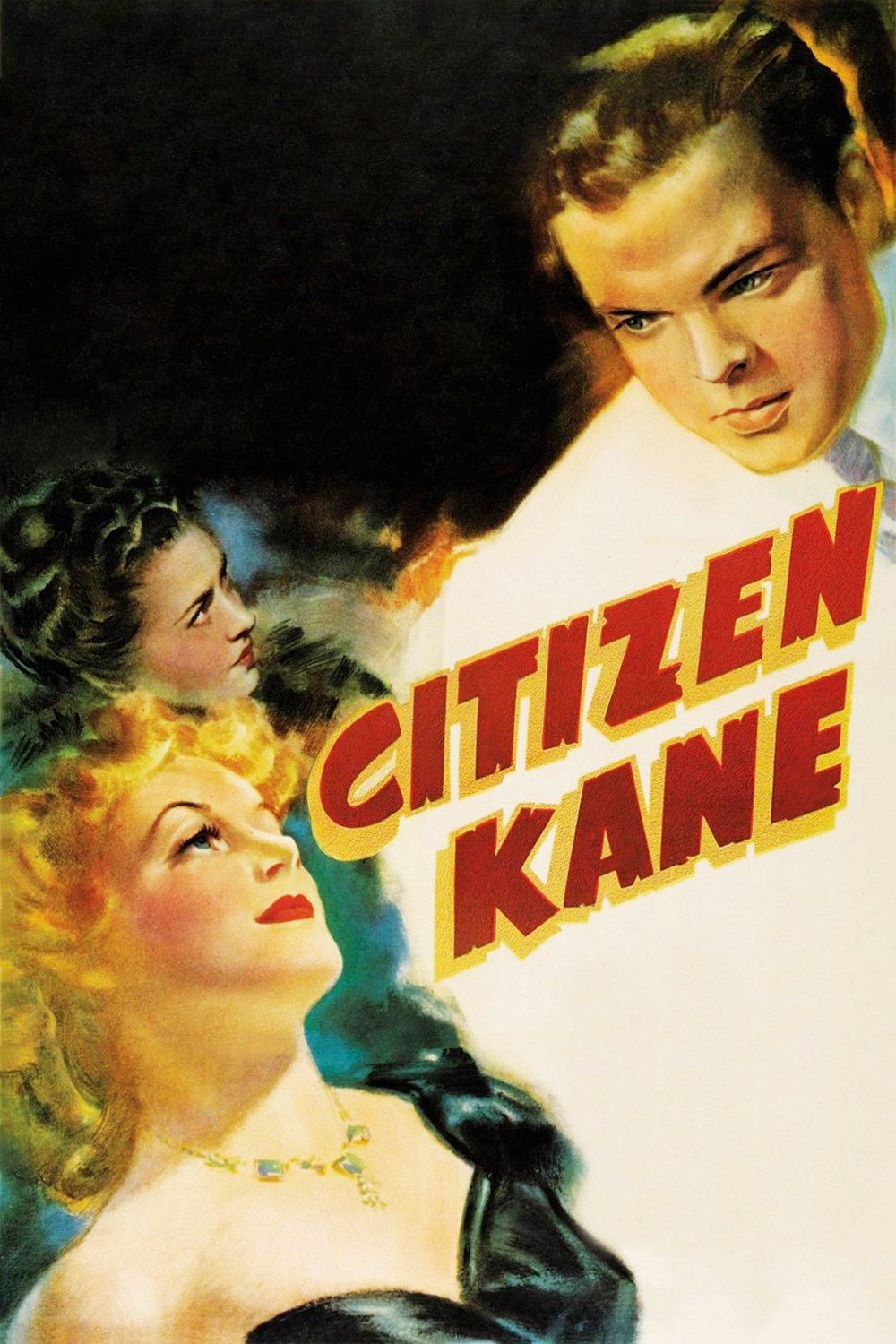
In a simpler and more conversational style: Orson Welles’ ‘Citizen Kane’ delves into the life of a tycoon by means of flashbacks. Robert Wise’s groundbreaking editing approach, known as nonlinear storytelling, interweaves various viewpoints on the enigma of ‘Rosebud’, using smooth transitions like dissolves and cuts to reveal the answer.
The smooth flow of the edits ensures the intricate plot remains understandable, allowing the film’s emotional intensity to stand out prominently. This groundbreaking production by Wise has significantly influenced contemporary storytelling, making the movie an exemplary lesson in cinematic technique.
Raging Bull (1980) – Boxing Brutality
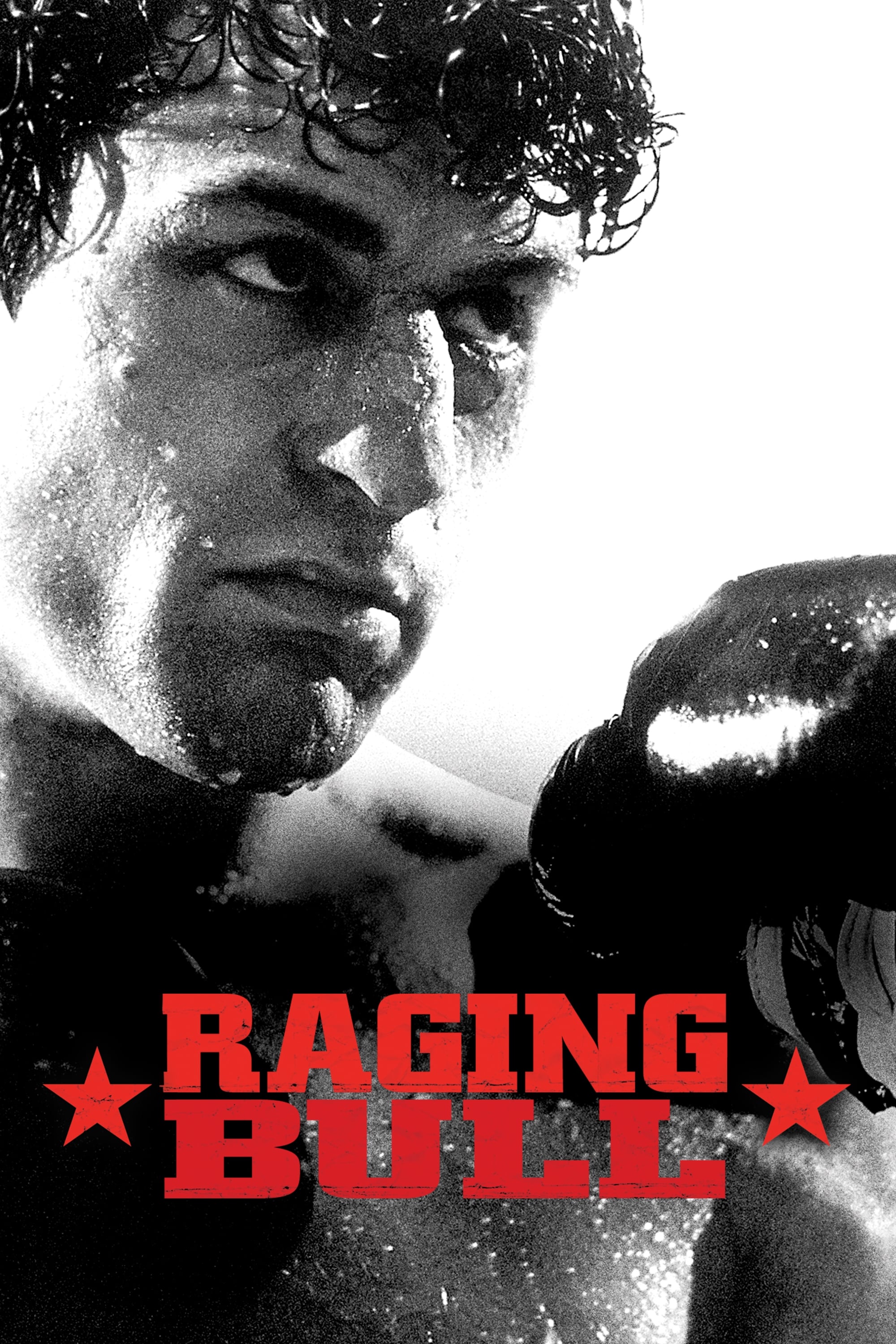
Martin Scorsese’s movie ‘Raging Bull’ chronicles the journey of boxer Jake LaMotta from success to decline. Thelma Schoonmaker’s innovative editing technique in the fight sequences, marked by abrupt cuts and strategic sound effects, vividly portrays the brutal nature of the sport.
Translation of the sentence: The work she did away from the boxing ring, which allowed for personal upheaval to simmer, adds depth to LaMotta’s tragic story. Schoonmaker’s unseen edits make every blow and emotional pain seem real, winning her an Oscar.
The actions taken by her outside the boxing arena, allowing for personal chaos to brew, intensify the sadness of LaMotta’s tale. Schoonmaker’s skillful, behind-the-scenes edits make every punch and emotional pain feel authentic, earning her an Oscar.
Read More
- Gold Rate Forecast
- Tom Cruise Bags Gold: Mission Impossible Star Lands Guinness World Record for Highest Burning Parachute Jumps
- Mobile MOBA Games Ranked 2025 – Options After the MLBB Ban
- Tom Hiddleston and Wife Zawe Ashton Announce Second Pregnancy, Know Couple’s Relationship Timeline
- Are Billie Eilish and Nat Wolff Dating? Duo Flames Romance Rumors With Sizzling Kiss in Italy
- Is Justin Bieber Tired of ‘Transactional Relationship’ with Wife Hailey Bieber? Singer Goes on Another Rant Raising Concerns
- Justin Bieber Tells People to ‘Point at My Flaws’ Going on Another Rant, Raises Alarm With Concerning Behavior
- INCREDIBLES 3 Will Be Directed by ELEMENTAL’s Peter Sohn, Brad Bird Still Involved
- Apothecary Diaries Ch.81: Maomao vs Shenmei!
- Resident Evil 9: Requiem Announced: Release Date, Trailer, and New Heroine Revealed
2025-06-17 06:45